

Ben Zachariah
Endangered, but not extinct: V8 and V12 engines to live on
15 Minutes Ago

News Editor
The more rugged Wilderness variants of the Subaru Forester and Outback are looking more likely for an Australian launch.
“No secrets, we are in discussions with the factory on it. And those are fairly advanced. And we look forward to be able to sharing more one when everything’s confirmed, but it’s definitely in progress,” said Subaru Australia managing director Blair Read.
The Outback Wilderness was revealed back in April 2021, and the Forester Wilderness in September 2021. Subaru said at the time it was “watching” the vehicles, but didn’t comment on any plans to bring them Down Under.
While plenty of time has passed since their reveals, the turbocharged Outback XT was launched in the US back in 2020 before finally coming here this year so the Wilderness models aren’t necessarily a lost cause.
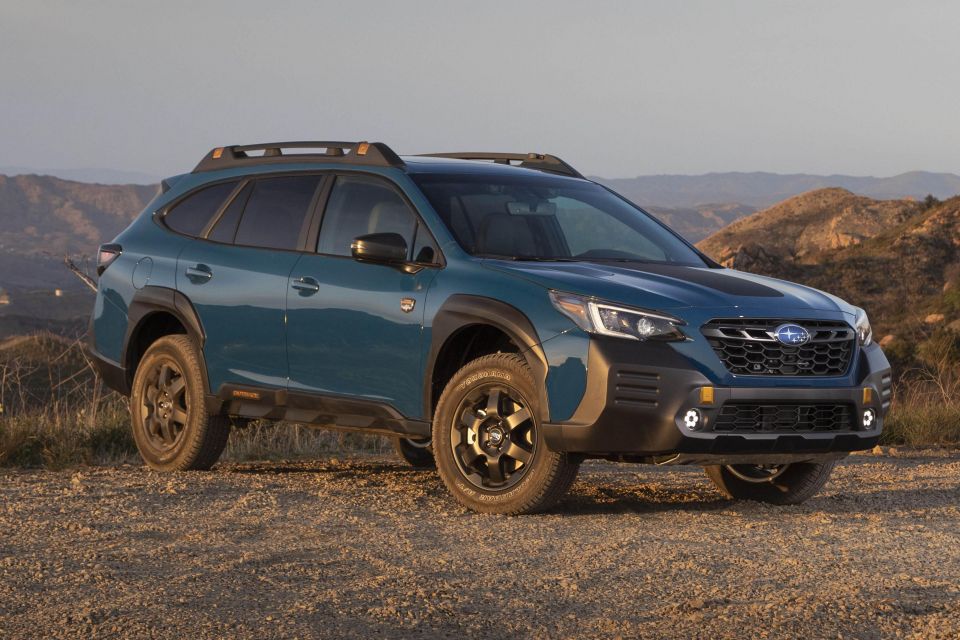
The Wilderness shares the XT’s turbocharged 2.4-litre Boxer four-cylinder engine, though US-built turbo Outbacks produce 194kW of power and 376Nm of torque – up 11kW and 26Nm on the local-spec, Japanese-built XT.
Visually, the Outback Wilderness is distinguished from lesser models by a fixed ladder-type roof rack setup, unusual wheel arch protectors, and unique front and rear bumpers, which incorporate copper highlights, unique LED fog lights, and a squarer design.
Copper accents are also present on the stitching, steering wheel, gear shifter, and instrument meters. The seats are wrapped in water-repellant StarTex, while the rear cargo tray and rear seatbacks are covered in waterproof material.
The Outback Wilderness has a ground clearance of 241mm, up from the standard American Outback’s 221mm.
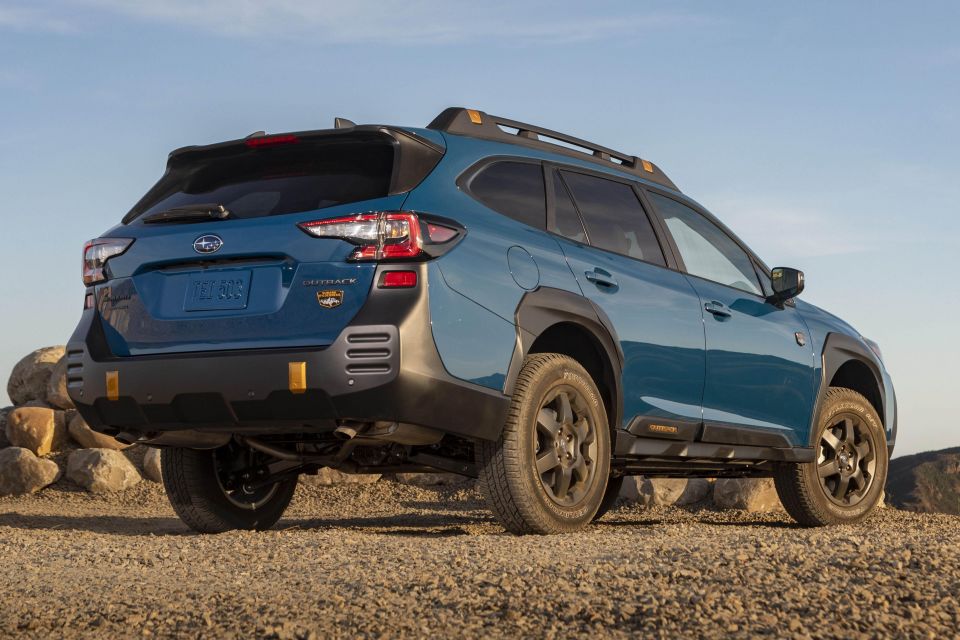
In concert with redesigned front and rear bumpers, the Wilderness has a 20.0-degree approach angle (up 1.4 degrees), a 21.2-degree breakover angle (up 1.8 degrees), and a 23.6-degree departure angle (up 1.9 degrees).
There’s also a new rear differential with a final drive ratio of 4.44:1. The front axle sports the same final drive ratio thanks to changes to the CVT. Together these updates are said to improve the availability of low-end torque and allow the car to climb grades up to 40 per cent on gravel tracks.
Other changes to improve off-road ability include a front bash plate, all-season Yokohama Geolandr tyres mated to 17-inch alloy wheels, and revised shocks and springs.
The Forester Wilderness features a similar raft of mechanical and aesthetic changes.
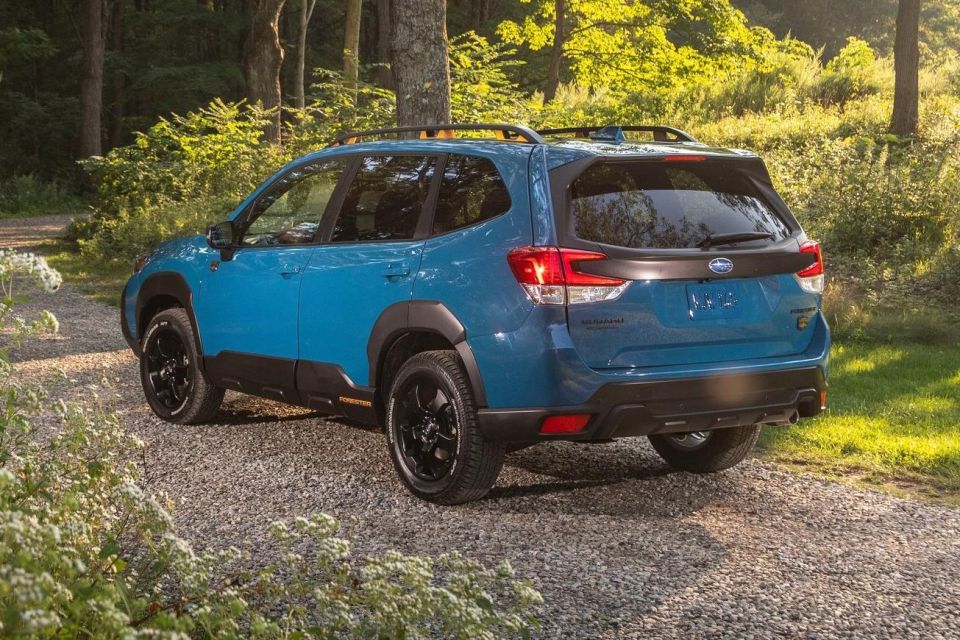
It has 233mm of ground clearance, up 12.7mm on the rest of the range.
Its approach angle is up from 20.0 degrees to 23.5 degrees, its departure angle is up from 24.6 to 25.4 degrees, and its rampover angle is up from 19.6 to 21.0 degrees.
The Forester Wilderness rides on exclusive black-finish 17-inch alloy wheels in Yokohama Geolandar all-terrain tyres with raised white lettering. A full-size spare is located under the cargo area.
There’s a new front fascia with a hexagonal front grille and LED fog lights, a front skid plate, larger wheel arch cladding, copper accents, and a matte-black bonnet decal.
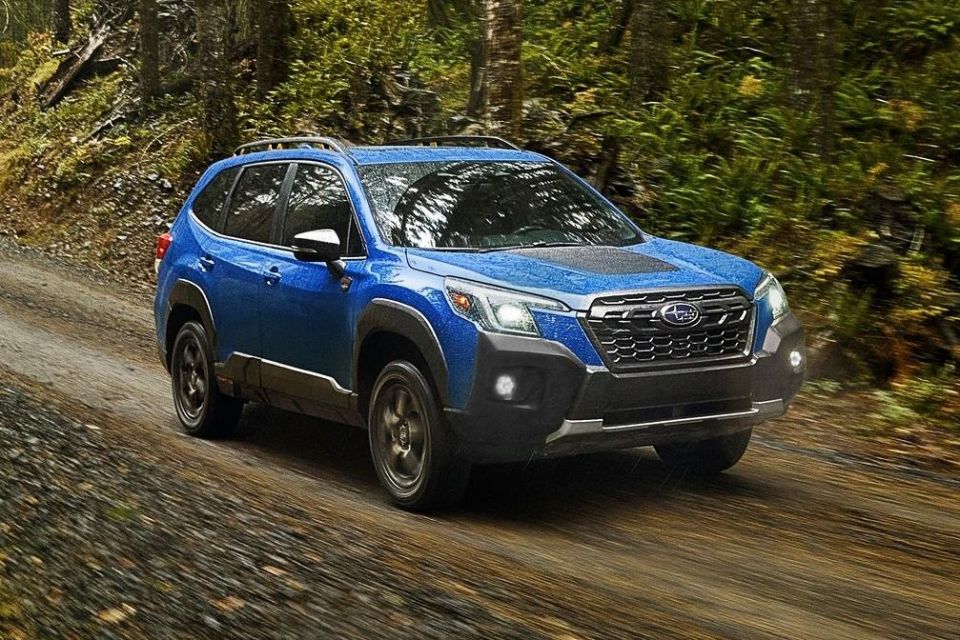
Subaru has also included a ladder-type roof rack that can support 99kg on the go or 362kg when parked, allowing for larger roof tents when you’re out in the wilderness, in the Wilderness.
Inside, the seats are finished in water-resistant StarTex upholstery with copper stitching that matches the stuff found on the dashboard.
The rear seatbacks are finished in a protective material to spare them from wear, tear and stains.
It’s powered by the same naturally aspirated 2.5-litre flat-four engine, with 136kW of power and 239Nm of torque, mated to a continuously variable transmission (CVT) and all-wheel drive.
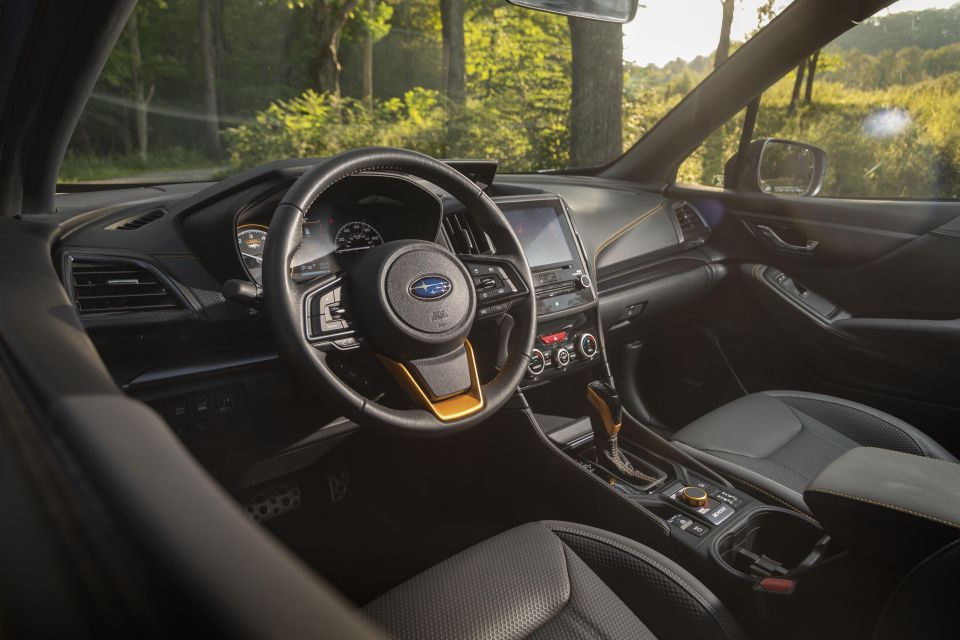
The X-Mode has been upgraded and retuned, with the settings for snow, deep snow, dirt and mud allowing for additional wheel slip.
It’ll also put the CVT in its lowest ratio when it detects a steep incline, and the CVT’s number of artificial ratios has been increased from seven to eight.
Subaru has also added an oil cooler plus a temperature sensor on the rear differential and changed the final-drive ratio from 3.70:1 to 4.11:1.
Where expert car reviews meet expert car buying – CarExpert gives you trusted advice, personalised service and real savings on your next new car.
William Stopford is an automotive journalist with a passion for mainstream cars, automotive history and overseas auto markets.


Ben Zachariah
15 Minutes Ago


Ben Zachariah
15 Minutes Ago
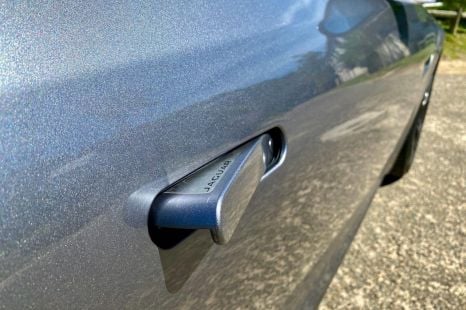

Derek Fung
2 Hours Ago
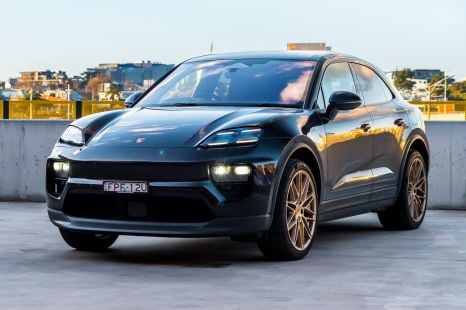

James Wong
8 Hours Ago
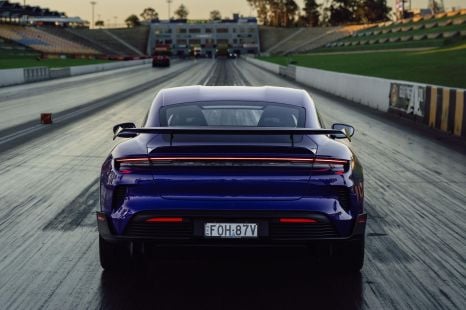

Toby Hagon
15 Hours Ago
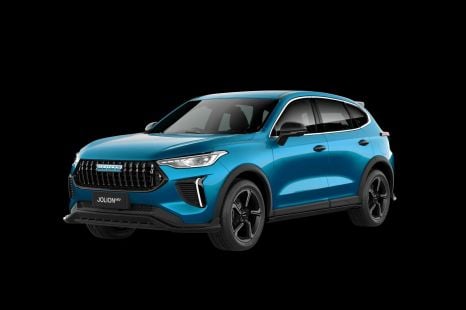

William Stopford
16 Hours Ago